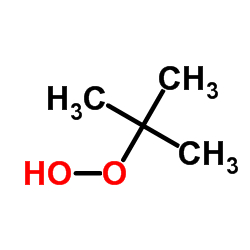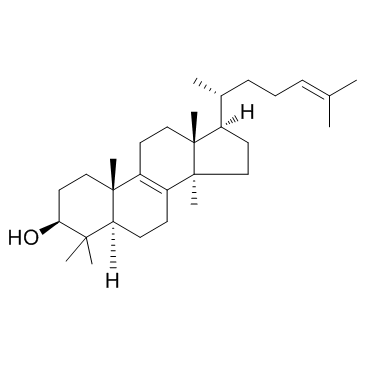| Structure | Name/CAS No. | Articles |
|---|---|---|
 |
tert-Butyl Hydroperoxide
CAS:75-91-2 |
|
 |
Lanosterin
CAS:79-63-0 |